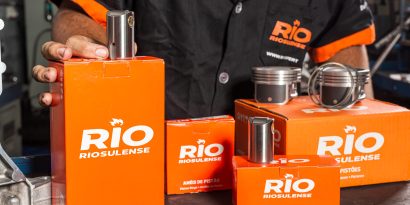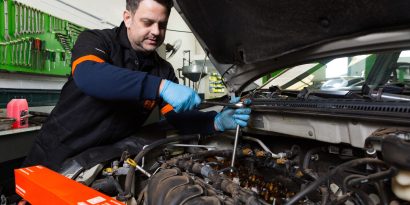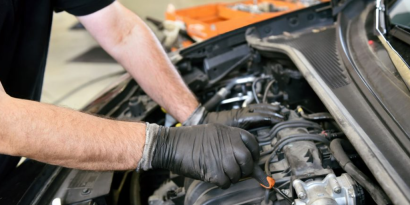The function of the camshafts, pistons and cylinders for the proper operation of an engine is unquestionable, but there are other components equally important, but usually forgotten. One example is the case of the valve tappets. After all, all automotive engines have a significant amount of valves, and these valves normally have a tappet – a set of components that work in a perfect sync with the movement of the valves.
You must have already figured out that we are talking about a crucial part for the proper operation of the cylinder head, fundamental to ensure the vehicle performance, right? In a summary, the valve tappet is a very small part that helps the camshaft on its function of opening the intake and pressure relief valves of the engine. In other words, they are responsible for transmitting the valve command movements to the engine valves, limiting the gap between the camshaft and the valves and, consequently, allowing combustion on the combustion chamber.
Let us make this reasoning a little easier. Think about how a four-stroke engine operates. In order to allow the mix of air and fuel to get into the engine and, after the explosion happens, to allow the burnt gases outlet, there are intake and pressure relief valves. Well, these valves are managed by the valve command, and the part responsible for transmitting the command movement to the valves is… guess who? Exactly, the tappet.
In other words: the tappets support the valve command controlling and managing the fuel intake and ensure the sync of these commands. A tappet, then, is an intermediary part that articulates with other components. You must have already heard some “clicks” in some vehicles when the engine is off, right? This noise is caused by the tappets, especially when the oil is cold, creating an excessive gap between the tappet and the valve command. This is where the expression “hitting tappet”, well known in the workshops, comes from.
What are the differences between the hydraulic valve tappet and the mechanical valve tappet?
Basically, there are two types of valve tappet in the market: the mechanic and the hydraulic one. In very few words, they have the same function. The difference is that the mechanical tappet is a single part (except in specific cases, such as roller models or pad regulation models) while the hydraulic tappet is a set of components with operational adjustments made by the engine lubrication system.
Another important point is that the mechanic tappet is completely solid, i.e. has a rigid body. This is why it is necessary to have a gap between the mechanic tappet and the camshaft: the heat of the engine causes a dilatation in the part. The hydraulic tappet, on its turn, is hollow and forms a cylinder with a plunger on its end, resembling a pen. This plunger is kept out of the valve tappet by a spring. But why is it hollow? Well, the hydraulic tappet is filled with the engine’s lubricating oil, which enters in the part through its side holes. This means that the gap between the camshaft and the tappet, essential on the mechanic tappets, is not needed in the hydraulic ones.
This is how it works: whenever the camshaft is not forcing the valve rocker arm, the holes are opened and ready to receive the engine oil. When the camshaft forces the valve open, the tappet holes get closed and capture the oil within the tappet. This means that the oil displacement due to the camshaft operation causes a constant change of the oil inside the tappet, eliminates air bubbles, allows the heat exchange between the engine components and keeps the engine cooling.
Did you realize how all these components work together and in harmony to deliver the result expected of a car on the street? The valve tappet has a big responsibility on this set, and this is why it is important to ensure that its replacement and maintenance are made with doubled attention. Moreover, in order to explain everything about the attention the valve tappet deserves, we invited Dr. Car to share some tips and talk about the important role this component has in the engine. Here is the video!
Did you like it? There’s a lot more content where this came from! Here at the blog you can find a series of exclusive tips and analysis done by Dr. Car’s partnership with Riosulense.
Check the series, share this article with everyone!





